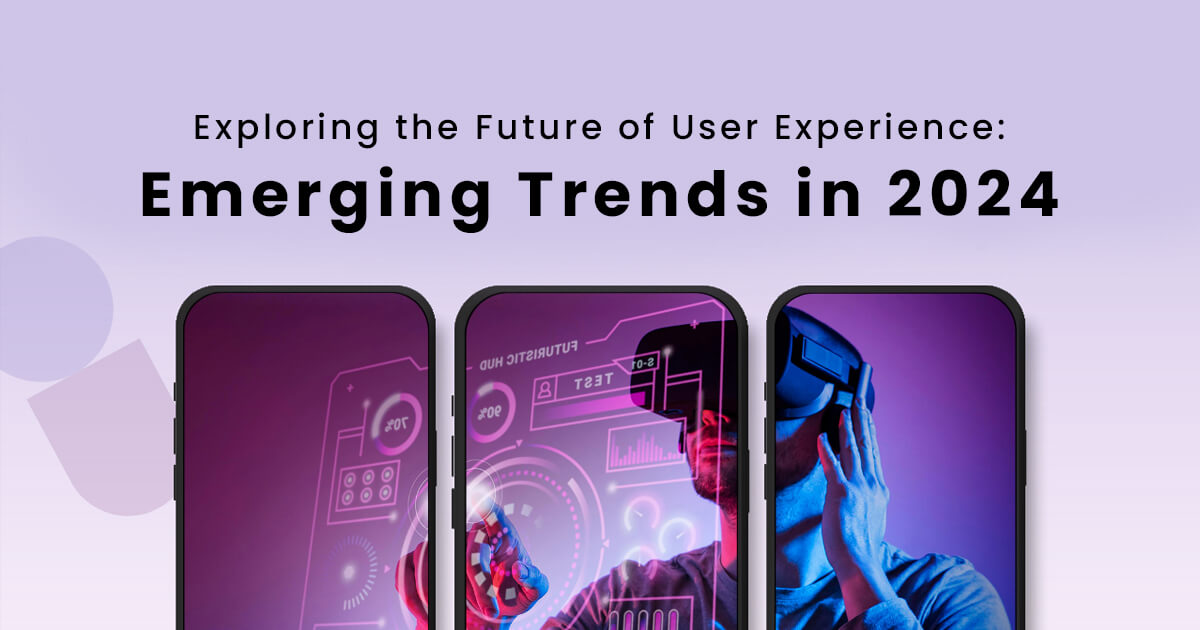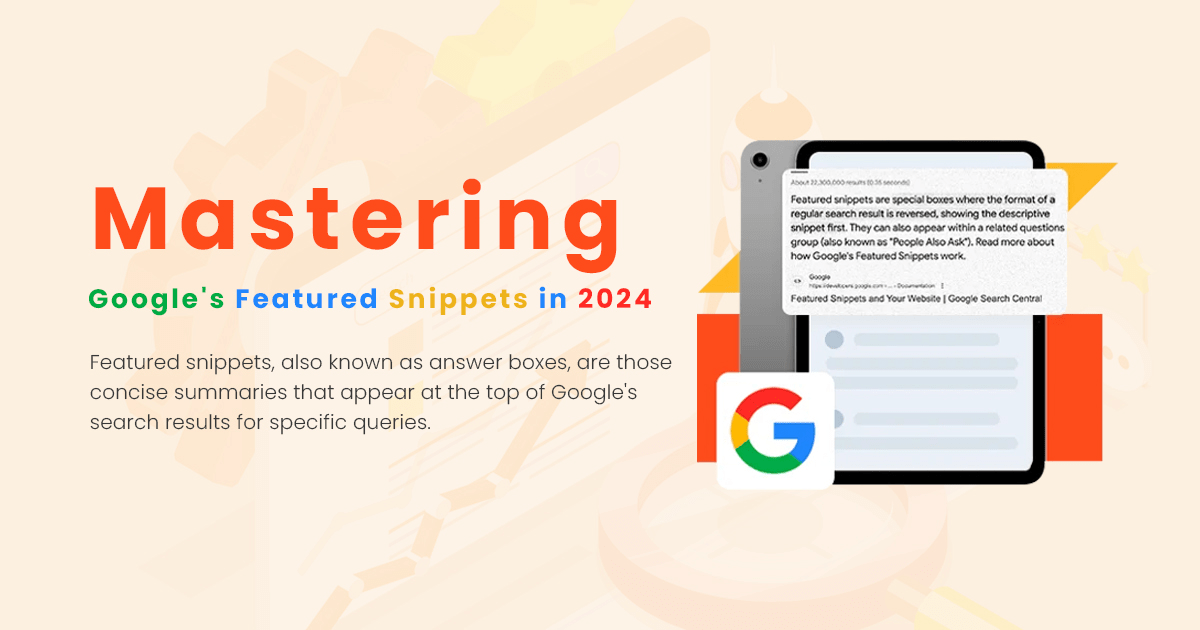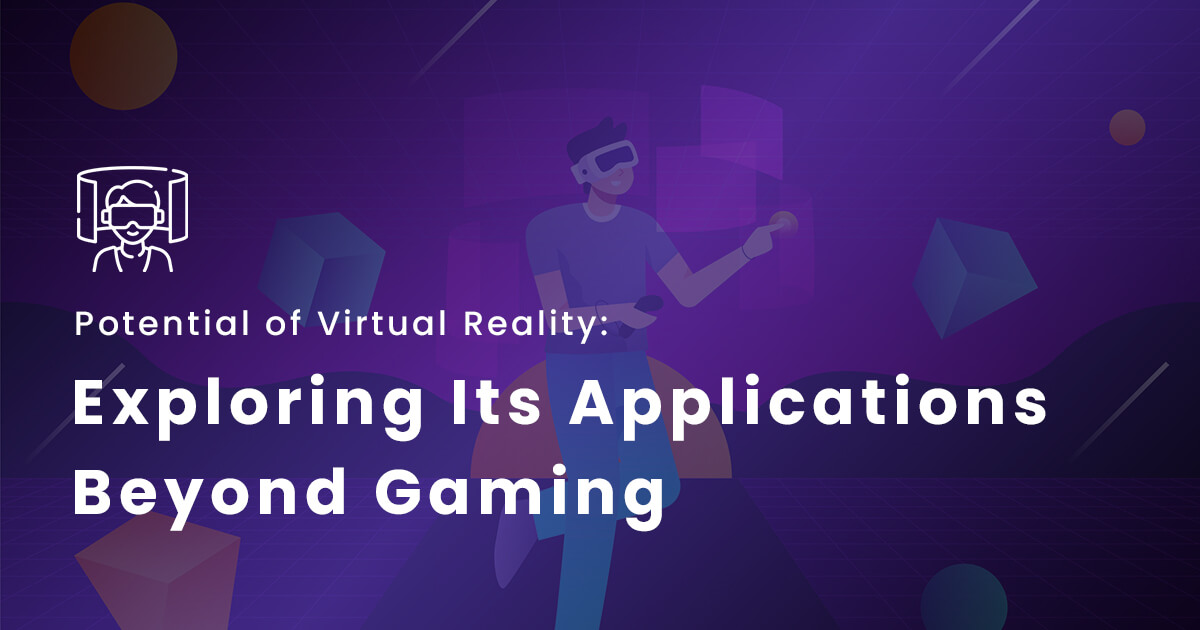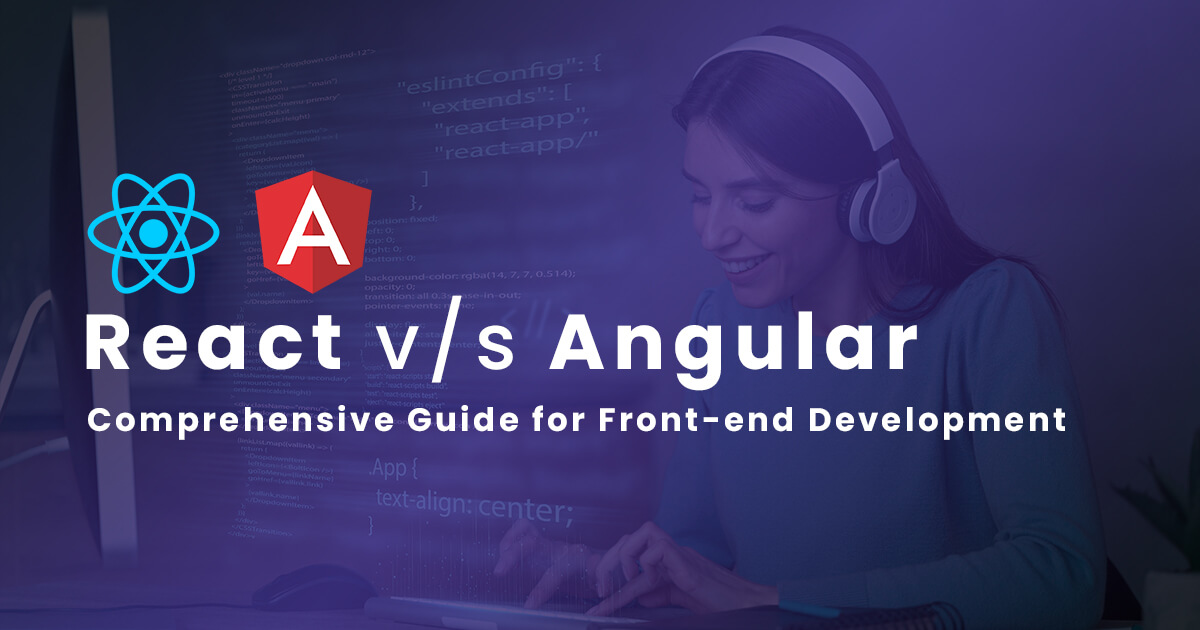As we delve deeper into the digital landscape, we encounter a myriad of fast-paced technological innovations reshaping the way users interact with technology. Among these innovations, Augmented Reality (AR) and Virtual Reality (VR) stand out, offering immersive experiences that bridge the gap between the real and virtual worlds.
AR/VR Immersive Experiences
AR and VR technologies are revolutionizing various sectors, including healthcare, entertainment, gaming, retail, education, and collaboration. These immersive experiences empower designers to transcend conventional interfaces, experimenting with advanced storytelling techniques, sound, animation, and 3D objects to create extended experiences for users.
Moreover, AR and VR have the potential to make digital content more inclusive for individuals with impairments. By leveraging these technologies, designers can create user-friendly designs tailored to address motor and visual impairments, thereby enhancing accessibility and independence for all users.
Voice User Interfaces (VUIs)
The rise of speech recognition technology, known as Voice User Interfaces (VUIs), has transformed the way users interact with devices. From smart home devices like Amazon’s Alexa to virtual assistants like Siri, VUIs enable users to communicate with technology using natural language commands, enhancing accessibility and convenience.
Multi-Modal Interfaces
Multi-modal interfaces represent the convergence of various input methods, including touch, gestures, pen, and speech. These interfaces, exemplified by advancements in AR, VR, and VUI technologies, offer users a rich and diverse interaction experience. By accommodating different input styles and preferences, multi-modal interfaces increase accessibility and empower users to interact with technology in ways that suit their needs.
Generative AI
Artificial Intelligence (AI) continues to play a pivotal role in shaping the future of user experience design. By combining user experience knowledge with machine learning algorithms, designers can create deeply personalized, user-centric, and engaging experiences. AI-driven insights facilitate ideas exploration, UX research, data-driven decision-making, personalization, accessibility, and user testing, paving the way for more innovative and inclusive design solutions.
Balancing Personalization and Privacy
As personalization becomes increasingly prevalent in user experiences, designers face the challenge of balancing user privacy with the benefits of personalized interactions. Empathy, education, and objective goal-setting emerge as essential components in navigating this intricate challenge, fostering a design ethos rooted in respect, transparency, and the shared pursuit of meaningful goals.
In conclusion, the future of user experience is characterized by a convergence of immersive technologies, multi-modal interfaces, AI-driven insights, and a thoughtful balance between personalization and privacy. By embracing these emerging trends, designers can create experiences that are not only innovative and inclusive but also respectful of user privacy and agency, ushering in a new era of human-centered design in 2024 and beyond.




